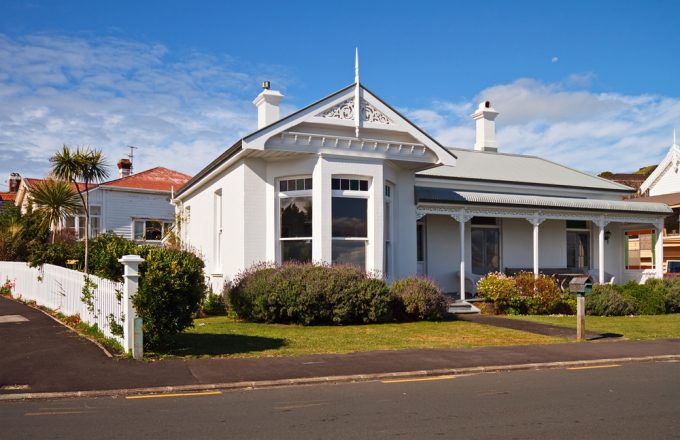Khả năng chi trả nhà ở cho người mua lần đầu tiên đạt mức thấp mới trong tháng 10 – điểm thấp nhất kể từ khi Báo cáo khả năng chi trả khoản vay mua nhà của interest.co.nz bắt đầu vào năm 2004.
Báo cáo đo lường ba chỉ số về khả năng chi trả nhà ở cho người mua lần đầu: giá trung bình của một ngôi nhà ở nhóm thấp hơn, lãi suất thế chấp và mức lương trung bình của những người 25–29 tuổi.
Từ thông tin này, họ sẽ tìm ra bao nhiêu người mua lần đầu tiên sẽ cần tiết kiệm cho một khoản tiền gửi 10%, cần vay bao nhiêu, và các khoản thanh toán thế chấp hàng tuần là bao nhiêu.
Các khoản thanh toán thế chấp được coi là không thể trả được khi chúng chiếm hơn 40% tiền lương thực tế.
Theo giá tháng 10, để mua nhà ở mức giá thấp hơn trung bình toàn quốc là 610.000 USD, một người mua lần đầu tiên sẽ cần tiết kiệm 61.000 USD cho khoản đặt cọc 10% và vay 549,000 USD trên một khoản thế chấp. Các khoản thanh toán thế chấp với tỷ lệ cố định hai năm trung bình của tháng 10 5.88% sẽ là $849 mỗi tuần.
Mức lương sau thuế trung bình toàn quốc cho các cặp vợ chồng trong độ tuổi 25—29 là $1835 một tuần vào tháng 10. Điều này có nghĩa là các khoản thanh toán thế chấp sẽ tiêu thụ 46% tiền lương thực tế — vào phân khúc khó chi trả được.
Các biện pháp khả năng chi trả thế chấp quốc gia đã ở trên 40% kể từ khi giá nhà đạt đỉnh vào tháng 11 năm ngoái. Nó đang tiếp tục tăng lên, có nghĩa là khả năng chi trả đang trở nên tồi tệ hơn.
Các khu vực duy nhất mà biện pháp khả năng chi trả thế chấp cho một ngôi nhà thấp hơn là dưới 40% là Manawatu/Whanganui, Taranaki, Otago và Southland.
Tuy nhiên, Otago, với 39,97% lương sau thuế, chỉ thấp hơn ngưỡng, chỉ còn lại ba vùng của đất nước ‘có thể chi trả được ‘.
Báo cáo nói rằng khả năng chi trả dễ dàng hơn cho những người mua có thể cung cấp một khoản tiền gửi 20%, tuy nhiên, đây sẽ là một thách thức đối với đa số người mua nhà đầu tiên về thu nhập trung bình.





























































